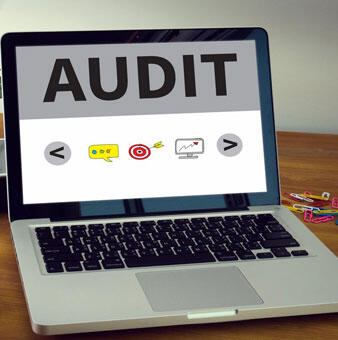

DHC has developed training and resources for Sales, Quality, and other departments that may encounter ESG topics in their efforts. These short, crisp sessions have provided just enough information for context and simple answers (with FAQ resources). DHC helped design and implement the “back end” of these process improvements, so ESG specialists can receive, evaluate, and respond to risks and opportunities.
DHC helps clients align NFR needs from B2B channels with operations, compliance programs, and public NFR (including in financial filings).

The Institute of Internal Auditors developed the “Three Lines (of Governance)” model over 15 years ago; it has become widely adopted and referenced. Mr. Hileman has experience in all three lines – plus a bonus fourth! – unmatched by few in the professional services field. First line is operational and in-house compliance; second line is corporate management and internal topical (EHS) auditing; third line is Internal Audit (reporting to the Board). DHC suggest that external assurance (e.g., financial audits) are yet another wave of governance – a “fourth line.” Mr. Hileman has supported financial audits, and conducted external assurance per the SEC’s conflict minerals rule. Mr. Hileman served as the senior environmental management and audit specialist on the Volkswagen Monitor Team; this is yet another type of governance.
Throughout it all, DHC retains the perspective from roots in facility operations and compliance. The hands-on experience on night shifts and weekends provides distinctive experience to drive simple, practical solutions and procedures. Applying these perspectives to the complicated and dynamic area of NFR helps clients go further, faster, and more efficiently.

ESG Audit Fatigue is real. It may get worse before it gets better – but it won’t get better all by itself. There is some consolidation of reporting parameters in the ESG space. Large retailers banded together to form The Sustainability Consortium. CHWMEG is an early example of collaboration and efficiencies in the ESG space, conducting single facility reviews of hazardous waste management facilities using a member-developed protocol in the mid-1980s. Stakeholders continue to raise the bar in their audit protocols, imposing new requirements each audit cycle. Stakeholders are using NFR information – some as a simple “check the box” exercise, and others to make substantive decisions about continuing stakeholder engagement. Chances are, you won’t know which stakeholder is which until it is too late. Companies should devote appropriate resources to NFR in the B2B channel to maintain their stakeholder relations, and to leverage performance for competitive advantage, where possible.